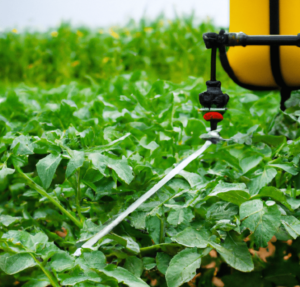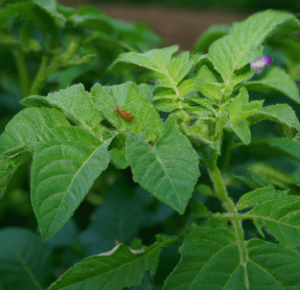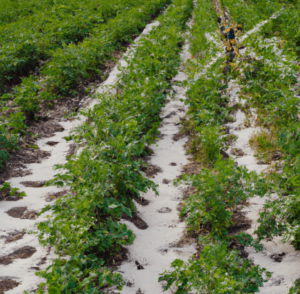For farmers, gardeners, and homeowners alike, weeds can pose a serious challenge. They may compete with crops for resources like water, sunlight, and nutrients, which could lower agricultural yields and quality. Additionally, certain weeds have the potential to be invasive, quickly spreading, and annoying nearby plants and wildlife.
In response to these difficulties, a lot of people are switching from synthetic herbicides to natural weed management techniques. Natural weed control techniques are techniques that keep weeds under control without the use of artificial chemicals. Here’s our gardening guide to understanding and using natural weed control methods!
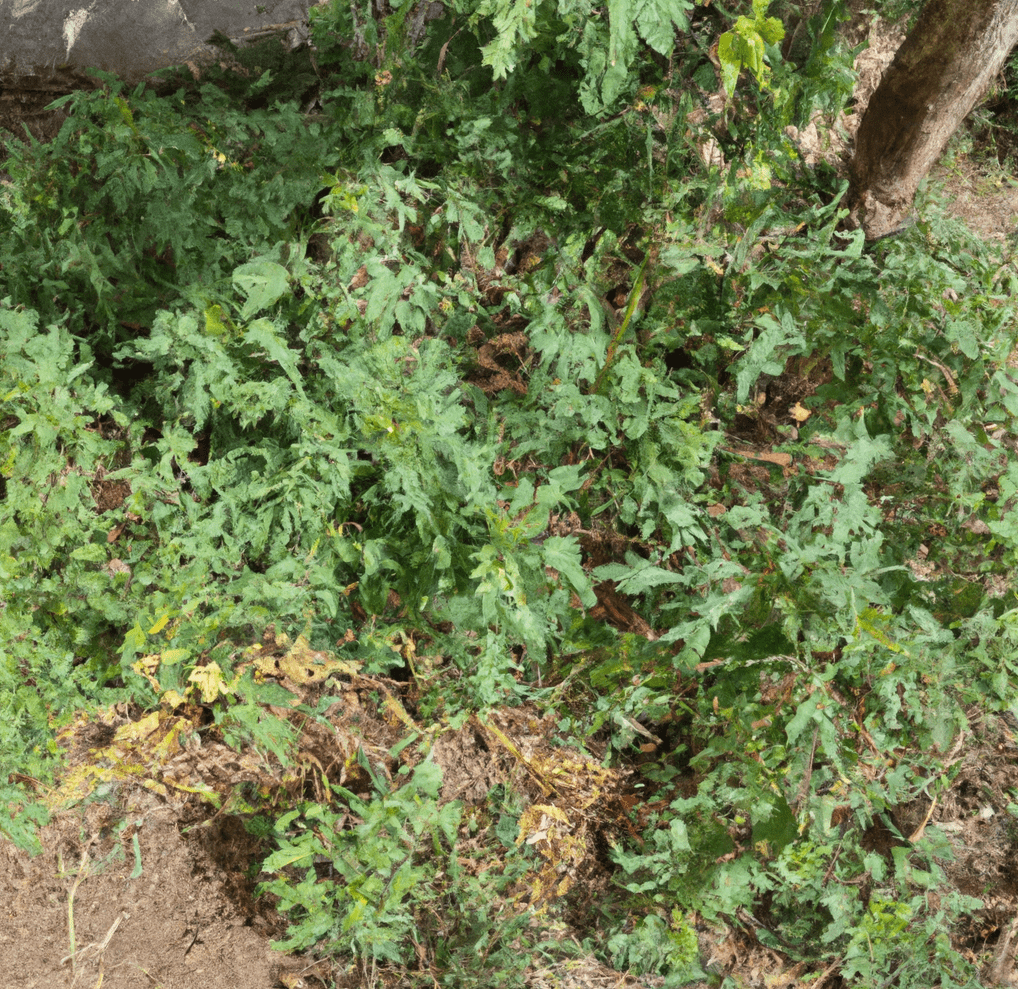
Understanding Natural Weed Control Methods
When you’re understanding and using natural weed control methods, you need to think of the following:
- Soil: Weeds rob crops of nutrients and water, weakening the plants and lowering agricultural yield. Organic farmers work to develop healthy soil that will support crop growth and naturally control weeds. They accomplish this by employing strategies like crop rotation, composting, and cover crops. These techniques enhance the soil’s fertility and structure, which discourages weed growth.
- Weeding: The most popular natural weed management strategy employed by organic farmers is manual weeding. It entails physically taking weeds out of the ground. Although hand weeding is time-consuming, it enables farmers to get rid of weeds when they are still small and simpler to pick out. This technique is selective, allowing farmers to leave behind helpful plants and blooms that promote the growth of crops.
- Healthier: Organic weed management techniques are better for the environment, crops, and soil. They support the preservation of the soil’s composition, fertility, and microbial activity, all of which support the development of crops. Natural weed control techniques improve the environment by using fewer toxic chemicals and lowering the chance of soil and water pollution.
- Farmers who practice organic farming are pioneers in the use of natural weed control techniques. They contend that these practices support both crop development and health in addition to maintaining the soil’s health and fertility. Organic farmers encourage sustainable agriculture and protect the environment for future generations by using fewer toxic chemicals which can be overused and have serious environmental impacts.
- Crops: Crops grown using natural weed management techniques taste better and are healthier. Natural farming practices and a lack of pesticides encourage crop development and lessen the chance of contamination. Furthermore, crops grown with natural weed control techniques frequently have higher pest and disease resistance, making them more durable and long-lasting.
Different Natural Weed Control Methods
In lawns and gardens, weeds can be a recurring issue because they steal desirable plants of water, nutrients, and sunlight. However, when you’re understanding and using natural weed control methods, you can choose from the following:
- Mulching: To prevent weed growth, cover the soil surrounding desirable plants with a layer of organic material, such as wood chips, leaves, or straw. Mulching can lessen the need for frequent watering by retaining moisture in the soil.
- Crop rotation: Switching up where crops are grown from year to year can help to stop weeds from proliferating. This is due to the fact that rotating crops can alter the conditions under which some weed seeds can only germinate.
- Hand weeding: Hand weeding is a time-tested and reliable method of weed control, particularly for small areas. To prevent regrowth, make sure to get rid of every single weed’s root.
- Smothering: Blocking sunlight from reaching weeds by covering them with a thick layer of organic material, like black plastic or landscape fabric, can make them die. Mulching is the ideal addition to this technique.
- Companion Planting: By providing a dense, competitive ecosystem that makes it harder for weeds to thrive, pairing together specific plant species can help control the growth of weeds. Marigolds, clover, and chamomile are other popular plant companions.
Gardeners and lawn enthusiasts can effectively manage weeds and keep up a healthy, thriving environment by using these natural weed control techniques.
Advantages and Disadvantages of Each Method
As you’re understanding and using natural weed control methods, here are the benefits and drawbacks of various crop-growing techniques, such as tillage and no-tillage:
Tillage Pros:
- Tillage can change the physical composition of the soil, allowing roots to penetrate and absorb nutrients and water.
- Regular tillage reduces the number of weeds in a field by exposing weed seeds to sunlight, which helps control weed growth.
- Tillage can improve the amount of water that seeps into the soil, which makes it simpler for plants to acquire water when the weather is dry.
Tillage Cons:
- Regular tillage can contribute to soil erosion, which can result in soil degradation and topsoil loss.
- Tillage can also decrease soil organic matter, which is crucial for preserving soil fertility.
- Tillage necessitates the use of tractors and other equipment, which can be expensive to operate and maintain. This results in increased fuel and equipment expenses.
No-Tillage
No-Tillage Pros
- By leaving plant remains on the soil’s surface to help prevent wind and water erosion, no-tillage aids to reduce soil erosion.
- By leaving plant debris on the soil’s surface, no-tillage aids in maintaining soil organic matter, which can enhance soil fertility.
- No-tillage needs less equipment and fuel, which can result in lower operational expenses for growers.
No-Tillage Cons
- Since weeds can thrive in undisturbed soil, no-tillage may lead to an increase in weed growth.
- Since plant residue can harbor viruses that can infect crops, no-tillage can raise the risk of plant diseases.
- Because no-tillage can cause the soil surface to become compacted and water-resistant, it may diminish soil water infiltration.
Implementing Natural Weed Control Methods
Just like there are benefits of using organic pest control methods, here’s how to implement everything you’ve learned from understanding and using natural weed control methods:
- Hand weeding is one natural weed management technique. The weeds must be physically pulled up from the ground, roots and all. This technique, which can be carried out with a garden hoe, a trowel, or by hand, works best in small gardens or regions with few weeds.
- Mulching is another all-natural weed-control strategy. This entails covering the soil with a layer of organic material, such as wood chips, straws, or leaves. The mulch can aid in retaining moisture in the soil, lessening the need for irrigation, and will help to block the light that weeds require to develop.
- Another efficient natural weed management strategy is crop rotation. You can lower the number of weed seeds in the soil and lower the likelihood that weeds will thrive in the following growing seasons by rotating your crops.
- Intercropping can also be a successful all-natural weed-control strategy. In order to prevent weeds from developing, entails planting crops closely together with the intention that the taller, faster-growing crops will do so.
You can have a healthy, growing garden without harming the environment by utilizing these natural weed control techniques.
Planning and Preparation
As you’re understanding and using natural weed control methods, here’s what you need to know about planning and preparation:
- Target Weed Identification: The first stage in developing a biological management strategy is to pinpoint the weed species that are present and posing a threat. Visual inspections and plant surveys can be used for this.
- Evaluation of the Treatment Area: After the target weeds have been located, the treatment area will be evaluated in order to apply biological control. This entails assessing the infestation’s size and morphology as well as the presence of other living things that the release of biological control agents might affect.
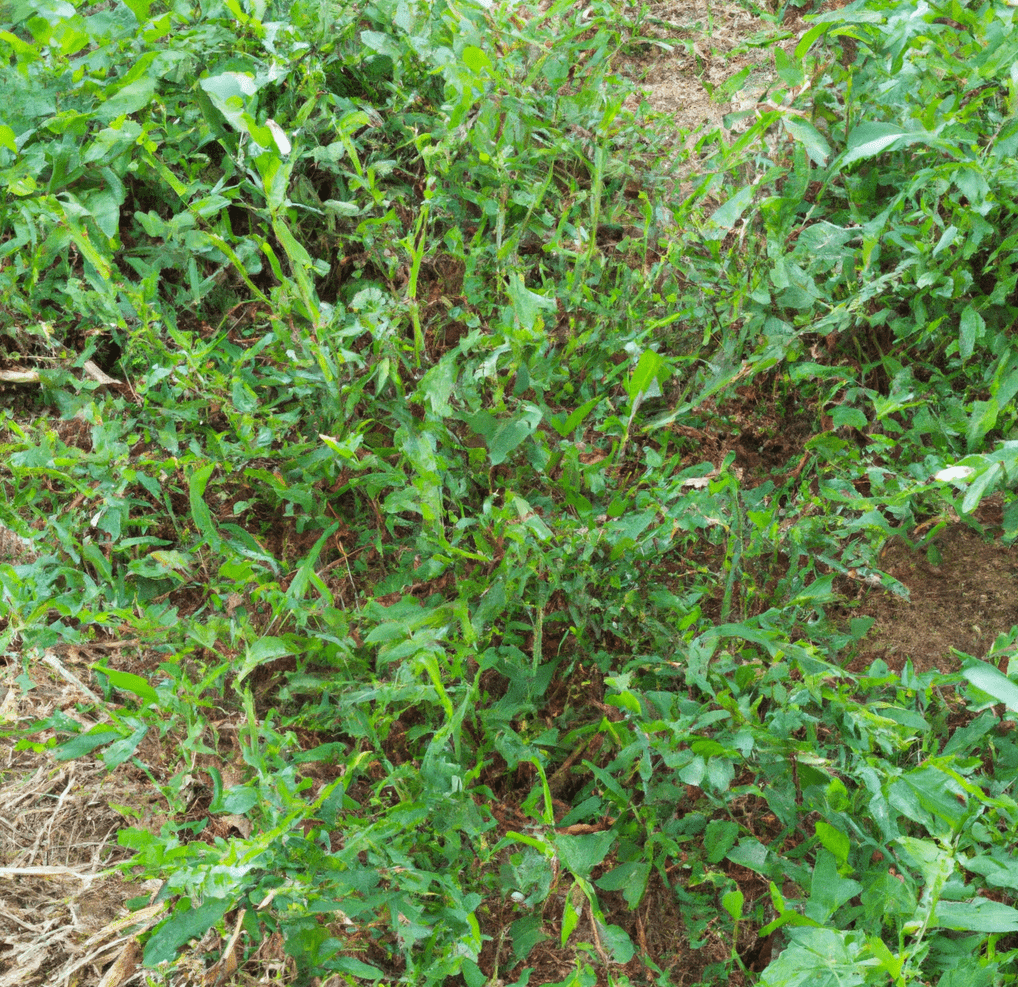
Choosing the Appropriate Method(s)
Understanding and using natural weed control methods means choosing the right method:
- Crop and soil type: Depending on the crop and soil type, different management strategies may be necessary. For example, some crops may benefit from mulch, while others may benefit from mechanical control.
- Climate and weather: Climate and weather factors, such as a drought or a lot of rain, can affect how well various control measures work.
- Populations of pests and weeds: Since some techniques may be more effective against particular species, the presence of particular pests or weeds may also determine the best course of action.
- Environmental impact: It’s critical to take this into account when choosing the best strategy because some techniques may have a higher negative impact on the environment.
- Cost and resource requirements: Because some methods may call for a substantial investment, it is important to take into account the costs and resources needed for each method.
Maintenance and Monitoring
A garden’s success and health depend on proper management and oversight. Regular inspections and modifications can assist keep the garden healthy and productive while also bringing about long-term advantages when you’re understanding and using natural weed control methods:
- Regular weeding: Regular weeding is necessary to prevent competing plants from stealing resources from desired plants and undesirable weeds. This can be carried out manually or with the help of mulch, which can prevent the growth of weeds.
- Resources: Making sure your garden’s plants have access to the resources they require, such as water, sunlight, and nutrients known as resource management. This can be accomplished by using effective watering techniques, placing plants where they will receive the amount of light they need, and using compost and fertilizers.
- Use of pesticides: Infestations of pests can occasionally cause issues in gardens. To reduce the number of pests in these situations, insecticides may be required. However, in order to protect beneficial insects and other species, it’s crucial to use pesticides cautiously and according to the label’s recommendations.
- Plant Health: Your plants’ health can be strongly impacted by the condition of the soil in your garden. You can find out whether there are any nutrient imbalances or deficits by doing routine soil tests. Additionally, adding organic matter to the soil can assist increase its fertility and structure.
You can ensure your garden’s long-term health and success by routinely inspecting it and making any required improvements.
Bottom Line: Understanding and Using Natural Weed Control Methods
As they compete with crops for water, nutrients, and light, weeds may be a serious problem for farmers and gardeners, resulting in lower yields and lower-quality produce. Traditional weed management techniques frequently use synthetic herbicides, which can be harmful to the environment and people’s health, to deal with this issue. The use of natural weed control techniques is rising in popularity in this situation as a means of managing weeds efficiently while causing the least amount of environmental harm.
Understanding and using natural weed control methods is important. They consist of techniques that can lessen weed development and crop competition, including mulching, intercropping, and crop rotation. These techniques can enhance the resilience of agroecosystems overall and can improve soil health, boost biodiversity, and be economically viable over the long run.
Understanding and Using Natural Weed Control Methods FAQs
What natural weed-control techniques are there?
Natural weed control strategies involve managing weeds without the use of artificial chemicals. Manual weeding, mulching, crop rotation, smothering, companion planting, tillage, and no-tillage are a few of them.
Why switch to natural weed control techniques instead of synthetic herbicides?
Weeds can compete with crops for nutrients, sunshine, and water, which can result in decreased crop quality and yields. Additionally, certain weeds have the potential to spread quickly and become invasive, hurting adjacent plants and wildlife. Because they utilize less hazardous chemicals and promote the health and fertility of the soil, natural weed management techniques are better for the environment, crops, and soil.
When employing natural weed management techniques, what should be taken into account?
You should take into account the soil, weeding, the effect on the environment and crops, as well as the options available while utilizing natural weed control techniques.
What is the most widely used natural weed control method?
Manual weeding is the most often used natural weed management technique. Physically eradicating weeds from the ground is selective and enables farmers to keep certain beneficial plants in place.
What advantages can organic weed control methods offer?
Organic weed control methods are better for the soil, crops, and environment. They promote the structure and fertility of the soil, require less harmful chemicals, and produce crops that taste better and are more resistant to pests and diseases.
What are the organic weed-control strategies for gardens and lawns?
Mulching, crop rotation, manual weeding, smothering, and companion planting are examples of natural weed control techniques for lawns and gardens.
What are tillage’s and no-tillage’s benefits and drawbacks?
Tillage can alter the physical makeup of the soil and lessen weed growth, but it can also cause soil erosion and deplete the soil’s organic matter. No-tillage can keep soil organic matter intact and prevent soil erosion, but it can also promote weed growth and the spread of plant viruses.
What impact do organic weed-control techniques have on the environment?
Understanding and using natural weed control methods means that by utilizing fewer harmful chemicals and reducing the likelihood of soil and water pollution, natural weed management techniques enhance the environment. They advocate for sustainable farming and environmental preservation for future generations.



